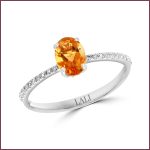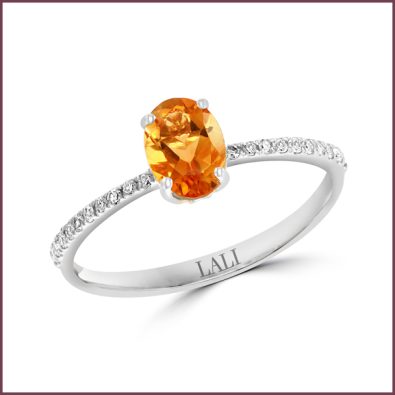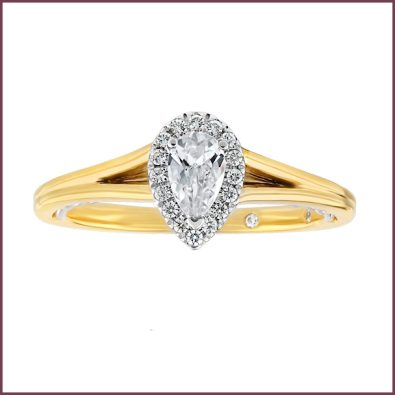2017: Key Trends to Watch
As we enter 2017 with a great deal of uncertainty in how the first 100 days of the new Trump administration play out, jewelers are wise to keep a watchful eye on expenses, concentrate on pushing bestsellers, and up the ante on personalized service to remain competitive and strong.
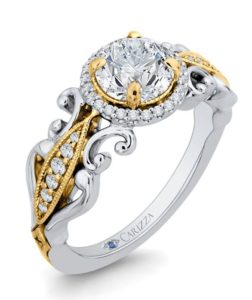 Following a contentious presidential race, and a country divided over the outcome, retail consultant Kate Peterson, president of Performance Concepts, Montgomery Village, Maryland says keep calm and carry on. “Don’t anticipate the worst or the best. Don’t overreact, chill out, and wait and see what happens.”
Following a contentious presidential race, and a country divided over the outcome, retail consultant Kate Peterson, president of Performance Concepts, Montgomery Village, Maryland says keep calm and carry on. “Don’t anticipate the worst or the best. Don’t overreact, chill out, and wait and see what happens.”
Peterson expects the industry will see continued shrinking of the middle market, which has been happening over the past several years. She says the wealthy, no matter who is in office, continue to spend which bodes well for the high-end market. On the low end, consumers who are more hopeful may step it up.
What’s most important, she advises, is for jewelers to hone in on their “A” game to really understand their customers and improve services. “Don’t change your stripe, just do a better job with your existing client base and get more people like them,” says Peterson. “Understand the cluster groups who love you and where to find more of them.”
Moreover, Peterson says many retailers are missing basic standards in frontline service. “It’s not okay to ignore customers or take your bad day out on them. I know it sounds trite, but it’s troubling. If you’re strong in the basics, you’re not spending a lot of time fixing problems.”
Focus In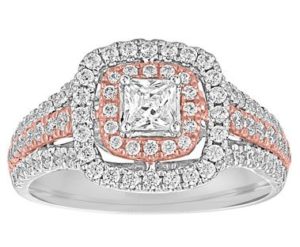
Listen to your customers, says Jeffrey Cohen, vice-president of sales for KGS Jewels, New York City. “Do not operate in a vacuum. This is a tough industry; less is usually more. Remain focused on what’s working.” Michael Lerche, president of Goldstar Jewellery, New York City, concurs advocating jewelers watch sales of key items to maximize them.
Neil Shah, Shah Luxury, New York City advocates brands with good stories to tell to help sell emotion. “Brands are strong because people want to have a story, an experience behind what they’re buying. Whether it’s fantasy and escapism, quality and detail, ways of giving back or being mindful of the environment, brands convey meaning for consumers.”
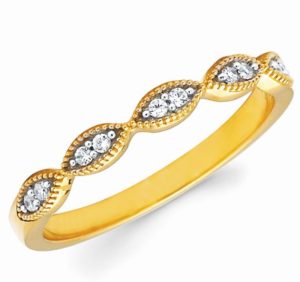 Newness is also a factor in consistent performance, says Renee Privatt, business development manager for Ostbye, Minneapolis, Minnesota. “We’ve seen diamond fashion styles with rose gold and geometric shapes perform well, which indicates customers want updated, contemporary, sophisticated looks. Staying abreast of trends and maintaining flexibility to react is crucial.”
Newness is also a factor in consistent performance, says Renee Privatt, business development manager for Ostbye, Minneapolis, Minnesota. “We’ve seen diamond fashion styles with rose gold and geometric shapes perform well, which indicates customers want updated, contemporary, sophisticated looks. Staying abreast of trends and maintaining flexibility to react is crucial.”
Customization
Shah concurs, noting that the future for jewelers is to be flexible in custom design. Since introducing its “As You Wish” program in early 2016, the company reports “phenomenal results”. “We say yes to almost everything,” he tells, noting that client demand inspired the service.
From altering existing styles to designing a piece from scratch, Shah says custom design allows jewelers to be the hero for their clients. He notes that advances in CAD software allow the company to create lifelike renderings in usually 24 hours that capture jewelry from every angle. Once approved, production typically takes 10 to 15 days.
The issue for jewelers is always inventory, Shah says. “You could have 40 feet of bridal and someone walks in and wants something else. Customers today want the ability to create something unique. For jewelers, customization is becoming a big part of their service and marketing.”
Ethical Stance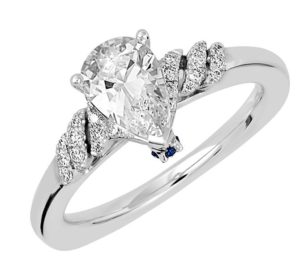
Moreover, the responsible sourcing of products is a purchase driver. Not only do consumers want to know the origin of materials, they want to ensure their sourcing didn’t harm people or the planet. “Products that speak to this trend are recycled, like our silver sheet/wire line or come via responsible/transparent supply chains like our American Mined Gemstone Collection,” says Denise Cabrera, product manager, display and packaging for Rio Grande, a Richline brand in Albuquerque, New Mexico.
Lab created diamonds are benefiting from this too. Marty Hurwitz, CEO for MVI Marketing, Los Angeles says research shows consumers are asking for lab-grown diamonds and without prompt from major ad campaigns.
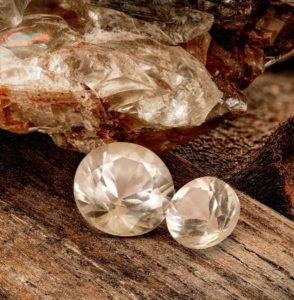 Lerche says there’s uncertainty in how lab created diamonds will affect the mined diamond business. But Peterson believes there is less fear about disclosure issues as detection technology improves. “There are consumers for both,” she says. “If you’re going to sell lab created diamonds you must understand what drives consumers to the product that has more to do with ethics than finances.”
Lerche says there’s uncertainty in how lab created diamonds will affect the mined diamond business. But Peterson believes there is less fear about disclosure issues as detection technology improves. “There are consumers for both,” she says. “If you’re going to sell lab created diamonds you must understand what drives consumers to the product that has more to do with ethics than finances.”
Monica McDaniels for Chatham, a pioneer in lab created gemstones in San Marcos, California, says research shows millennials come to the brand for products that are conflict free, eco friendly and revolutionary in technology. “Seventy percent of our web inquiries want conflict-free diamonds.”
